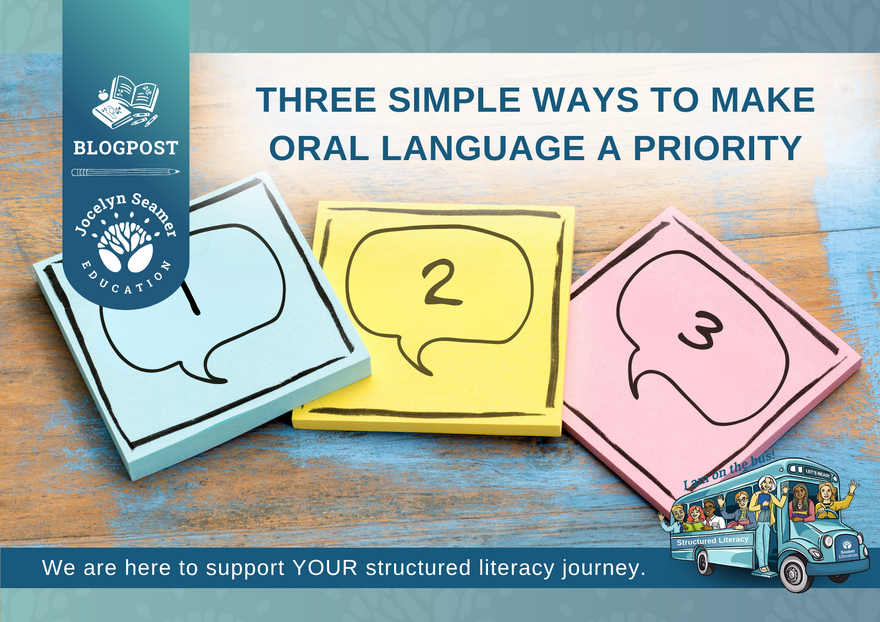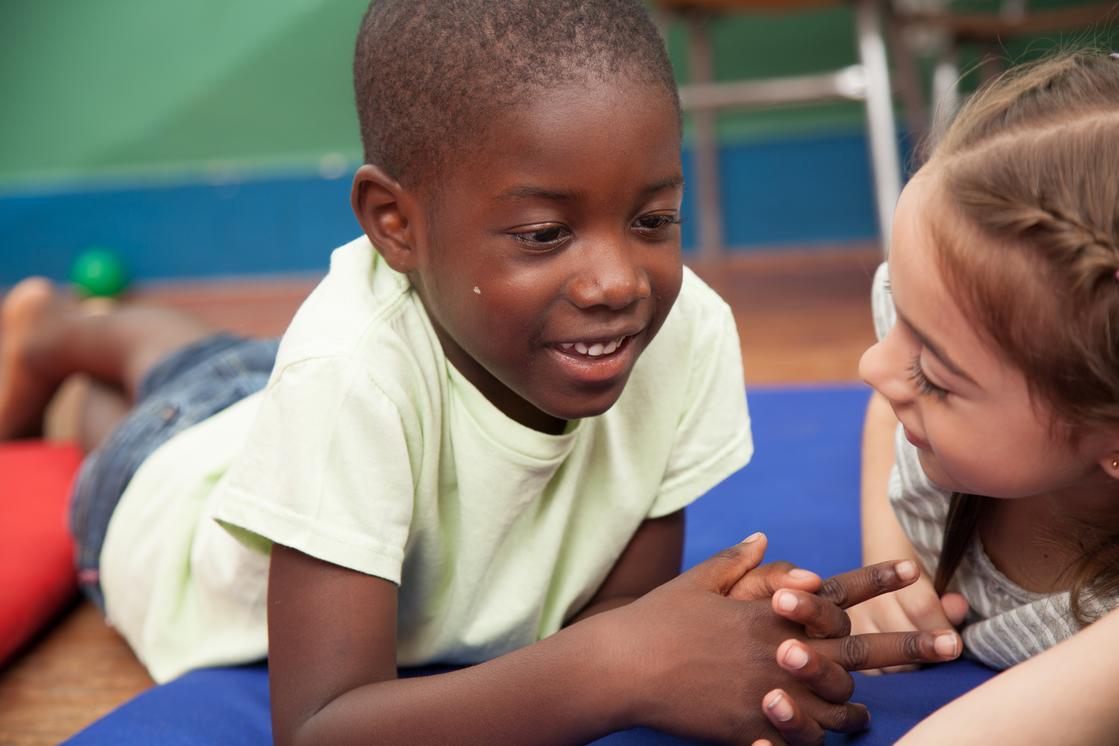Three Simple Ways to Make Oral Language a Priority

Have you ever reached reporting time in your semester, had a look at the ‘speaking and listening’ part of the achievement standard and realised that you don’t really have any strong evidence to assess?

There’s also a really good chance that you haven’t intentionally planned for this beyond having children ‘do news’ and maybe participate in a group drama activity. This is such a common story, not because teachers aren’t diligent in their duties, but because speaking and listening is something we take for granted. Most children arrive at school able to both speak and listen, having developed these skills in the course of their natural language development.
Let’s have a look at some of the parts of the achievement standard that we might find tricky to be rigorous about.

Foundation
They use appropriate interaction skills to listen and respond to others in a familiar environment. In informal group and whole class settings, students communicate clearly. They retell events and experiences with peers and known adults.
Year 1
They listen to others when taking part in conversations, using appropriate language features and interaction skills. They interact in pair, group and class discussions, taking turns when responding.
Year 2
They listen for particular purposes. When discussing their ideas and experiences, students use everyday language features and topic-specific vocabulary. They use a variety of strategies to engage in group and class discussions and make presentations.
The question isn’t “Do children talk to us and their friends at school?” The question is “How do we make oral language experiences rigorous and meaningful in a way that enables us to help student develop real skills?”
Here are three simple suggestions for accomplishing this goal:
1) Increase the opportunities students have to talk with each other about learning
It isn’t enough to just have children talk more. If they are simply talking about what happened at recess or on the weekend, they are unlikely to extend their skills and knowledge. In order to make these interactions impactful there needs to be some kind of stimulus, modelling and scaffolding.

2) Use gorgeous picture books as the ‘jumping off point’ for learning.
Picture books contain much more complex vocabulary and sentence structure than spoken language. They also engage children’s imaginations and speak to their hearts in a way that is uniquely human.

3) Teach children morphology
Morphemes are the smallest units of meaning in a language. Explicitly teaching morphology to students increases their ‘mean length of utterance’. Basically, this means that increasing a child’s understanding of how words work helps them to use more words and speak with longer sentences.

Language learning is the cornerstone of all literacy. Without it, we simply cannot read and write. Creating a language rich environment where children's capacity is developed rigorously and intentionally, does not have to involve formulaic or boring teaching. In fact, without children's engagement, learning is not likely to exist.
To help implement the three suggestions in this post I have created ‘The Busy Teacher’s Guide to Language Rich Classrooms’ that you can download below.


 Jocelyn Seamer Education
Jocelyn Seamer Education
1 comment
Wow!!! I love the photo for the morphology!!! Is there somewhere to find a bundle of words broken down like that?!
Leave a comment